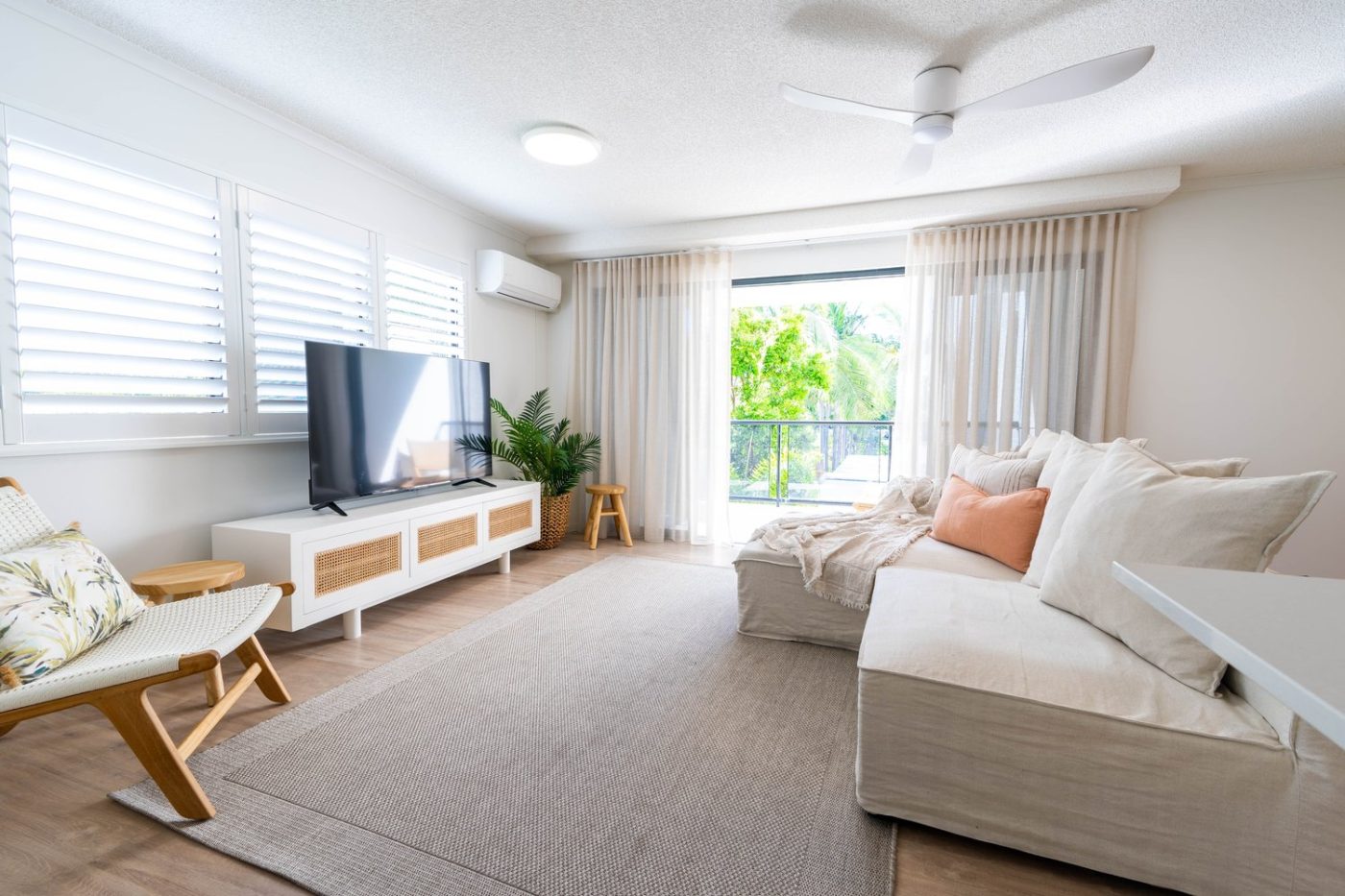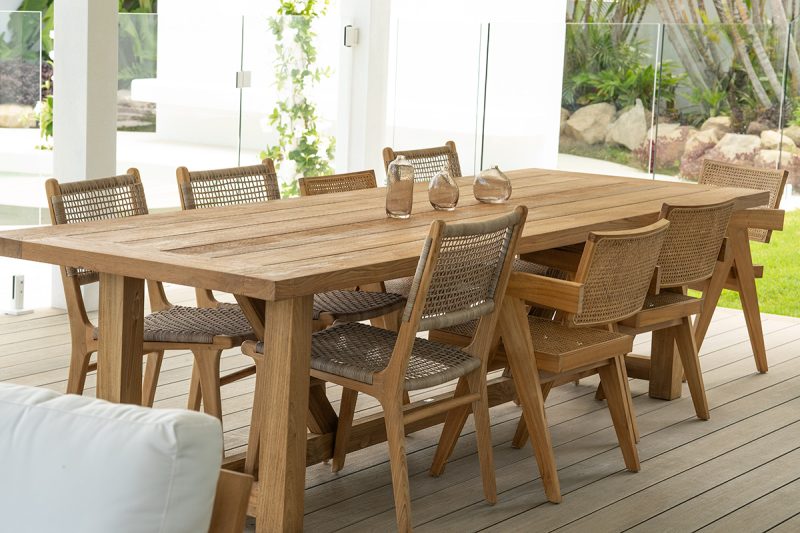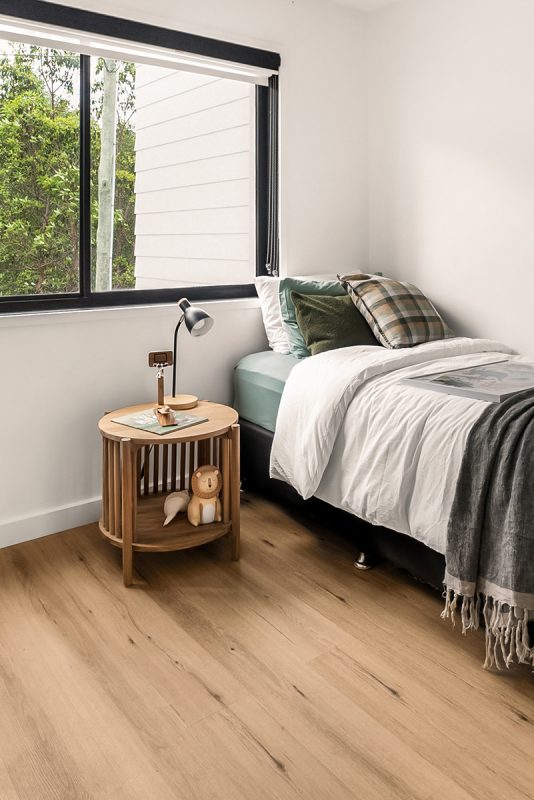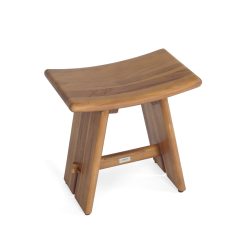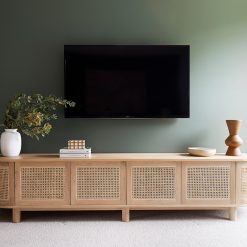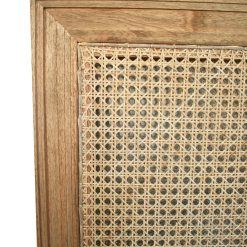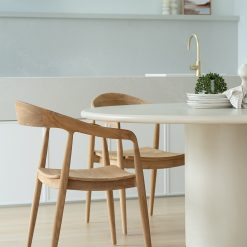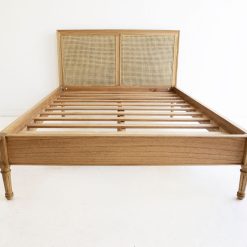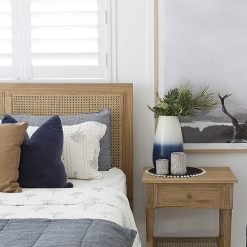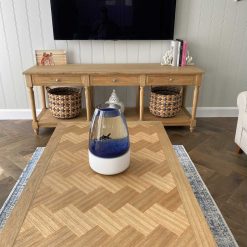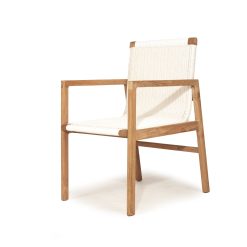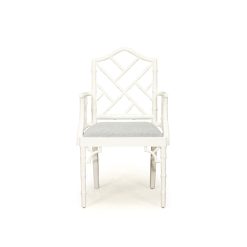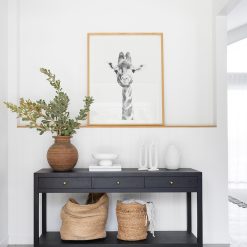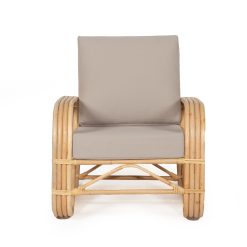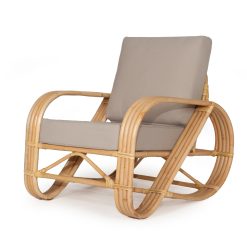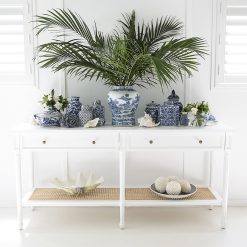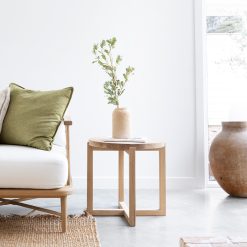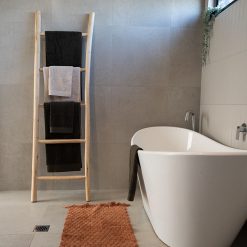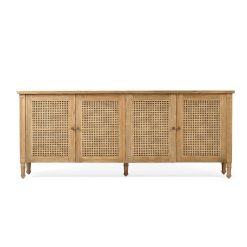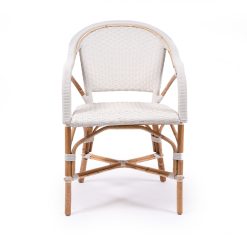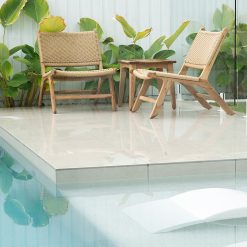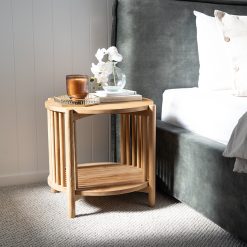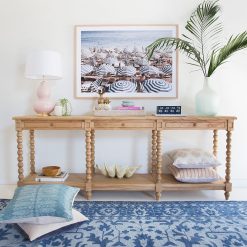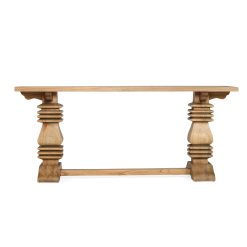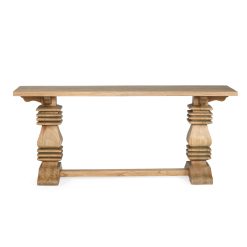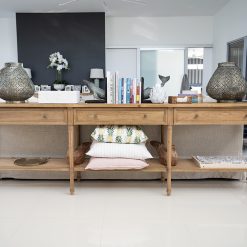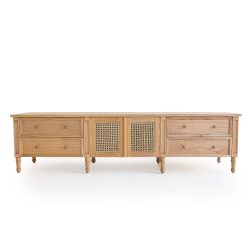Stories
How Intentional Interior Design Can Improve Your Health and Well-Being
Take a moment to look around your space and take in the color palette, the way the furniture is arranged, and all the other details. How does it make you feel? This is a simple exercise to understand how influential our surroundings are and how interior design can make a difference in our mood and well-being.
The therapeutic potential of interior design is not new and it’s about more than just aesthetics. Ultimately, interior design should be about creating spaces that promote harmony and comfort. By strategically using elements such as color, decoration, lighting, and organization, we can enhance both our physical and mental health.
The Elements of Interior Design
The places where we spend most of our time can significantly impact our well-being. That’s why interior design is essential to architectural planning. The fact is that our physical environment can influence certain aspects of our mental health. In other words, it can help improve or worsen experiences like stress, anxiety, and even depression.
To understand the relationship between our well-being and the environment, we have to explore the essential elements of interior design individually:
- Color Palettes
The colors in a space can impact the atmosphere of the space and therefore make a difference in our experience. For example, cool colors like blues and greens promote relaxation, while warm colors like oranges and yellows evoke energy and vitality. Understanding color psychology can help you choose a color palette that aligns with the purpose of a room.
Here are some of the most common associations we make for each color according to color psychology:
- Blue: Calmness, serenity, trust, peace, focus, productivity, reduced anxiety
- Red: Energy, excitement, passion, strength, power
- Green: Harmony, balance, growth, renewal, creativity, broad thinking, reduced anxiety
- Yellow: Happiness, optimism, warmth, energy, creativity
- Brown: Stability, reliability, security, comfort, grounding, professionalism, trust
- Pink: Calmness, gentleness, compassion, affection, happiness, energy
- White: Cleanliness, modernity, purity, simplicity, efficiency
Color associations inform the way you perceive the environment. You can use these associations to your advantage by making purposeful choices about the colors you use in every space of your home. For example, if you have a hobby room, green can be a good color for it. The bottom line is that color changes your perception of a space and understanding that can make each space uniquely beneficial.
- Decorations
Artwork, decor, and furniture all contribute to the visual appeal and character of a space. They also influence the ambiance of the room and its emotional resonance. With that in mind, personalizing the space with meaningful decorations can create a sense of belonging and comfort, fostering positive emotional connections. In other words, you have to make the space your own and infuse it with your personality.
- Lighting
Lighting makes all the difference in the world. Natural and artificial lighting sources play a crucial role in setting the mood and functionality of a room. Tons of natural light can enhance mood, productivity, and circadian rhythms, while thoughtful artificial lighting design can create a welcoming and versatile environment.
Understanding the principles of lighting design, including task lighting, ambient lighting, and accent lighting, will allow you to make your spaces more dynamic. Additionally, it will help you create a good balance. Lighting also sets the tone of a space, so you can use it as purposefully as you use color.
How to Leverage Good Interior Design for Better Health
If you’re wondering how you can use good interior design practices to make sure your spaces benefit your health, here are a few ideas:
- Promote Relaxation with Color
Cool-toned hues such as blues and greens can promote serenity, making them ideal for spaces intended for relaxation or unwinding. Incorporating these colors in bedrooms, living rooms, or meditation areas can create soothing retreats that promote stress relief and mental rejuvenation.
- Optimize Natural Light
Natural light is not only the most flattering to any space, but it’s also a mood lifter. It can also support healthy sleep patterns. Incorporating windows, skylights, and light-reflective surfaces can maximize the benefits of natural light in any room. We recommend positioning your furniture to capture sunlight and using sheer curtains to diffuse harsh glare to create inviting and sunlit interiors that enhance well-being.
- Embrace Biophilic Design
Connecting with nature through indoor plants and natural materials is another way to enhance your well-being. Biophilic design is all about bringing elements of the natural world into interior spaces, which promotes harmony and vitality. We recommend using natural plants and wood accents, as well as leaning on natural colors and textures to evoke outdoor environments.
- Prioritize Functionality
When it comes to arranging your furniture, you should prioritize functionality. Thoughtfully arrange your pieces to optimize spatial flow and make the space easy to use. We also recommend you keep your spaces clutter-free, so don’t incorporate more furniture than you need. The space should support all your daily activities, so keep that in mind when planning your interior design.
- Pay Attention to Acoustics
Last but not least, noise pollution can easily disrupt your concentration and contribute to stress. Incorporating sound-absorbing materials and placing your furniture strategically can help you reduce noise disturbances, creating a quiet, relaxing space where you can focus. Area rugs, curtains, upholstered furniture, and acoustic panels can help minimize echoes and reverberations, so we highly recommend them.
Interior Design for Better Health and Well-Being
The bottom line here is that interior design is not just about making a space look good or following all the trends. It’s actually a powerful tool you can use to enhance the functionality of any space and make it beneficial to your health. By leveraging principles of design, you can build spaces that support you in more ways than one.
From promoting relaxation with color psychology to embracing natural light and incorporating elements of nature, intentional interior design offers many benefits to your mental and physical health. Consider what we discussed here today and make sure your spaces are working for you, not against you.
If you need help finding the right furniture pieces to make your spaces more balanced, Abide Interiors offers everything you need. Browse the shop!
Bathroom
Dining Chairs
Bedside Tables, Dressers and Drawers
Bedside Tables, Dressers and Drawers
Bedroom
Bedside Tables, Dressers and Drawers
Accent and Armchairs
Bedroom
Bedroom
Accent and Armchairs
Bathroom
Lombok
Bedside Tables, Dressers and Drawers
Bedside Tables, Dressers and Drawers
Bedside Tables, Dressers and Drawers
Clearance
Accent and Armchairs
Bedroom
Bedroom
Entertainment Units
Accent and Armchairs
Accent and Armchairs
Bedroom
Collections
Accent and Armchairs
Accent and Armchairs
Coffee Tables
Coffee Tables
Accent and Armchairs
Accent and Armchairs
Accent and Armchairs
Consoles and Side Tables
Audrey
Accent and Armchairs
Bedroom
Consoles and Side Tables
Clovelly
Consoles and Side Tables
Bedside Tables, Dressers and Drawers
Bathroom
Collections
Accent and Armchairs
Accent and Armchairs
Consoles and Side Tables
Accent and Armchairs
Bedside Tables, Dressers and Drawers
Consoles and Side Tables
Stradbroke Bobbin Console Table – 3 Drawer – Herringbone Top
Coffee Tables
Consoles and Side Tables
Consoles and Side Tables
Collections
 07 5325 1507
07 5325 1507  SMS 0482 085 960
SMS 0482 085 960 


